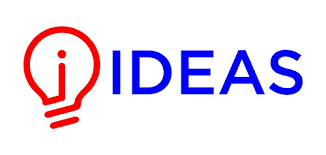Article | Open Access | Published: 2 December 2014
Organizational Culture and its Impact on Employee Career Progression in Public Sector Organizations in Pakistan
| Views: | 248 | | | Downloads: | 190 |
Abstract:
The main objective of this paper is to examine organizational culture and its impact on employee career progression in public sector organizations in Pakistan. Organizational culture affects the performance and productivity of organizations in tremendous ways. The objective of the paper is to identify the relationship between the culture of an organization and career progression. The paper employed an exploratory research method to see if organizational culture has an impact on employee career progression. The data is collected from 250 employees of various public sector organizations of Pakistan. Multiple regression has been used to determine the impact of organizational culture values on employees career progression. The study revealed that organizational culture has an impact on employee career progression, it plays a vital role in shaping employee career progression. Results are significant at a 05% level from an organizational culture perspective and employee career progression perspective. Organizations that do not promote entrepreneurially and risk taking initiatives poorly motivate employees, discourages them, and consequently affect the performance of an organization & career progression of employees. The outcome of this study provides a useful framework and the importance of organizational culture in Pakistan. Employees' career progression can be benefited through the findings of this study.
Keywords:
Organizational culture, Career progression, employee motivation, career development, Pakistan.
Publisher:
ILMA UNIVERSITY
Published:
2 December 2014
E-ISSN:
2409-6520
P-ISSN:
2414-8393
This is an open access article distributed under the terms of the Creative Commons Attribution CC BY 4.0 license, which permits any use, distribution, and reproduction of the work without further permission provided the original author(s) and source are credited.















